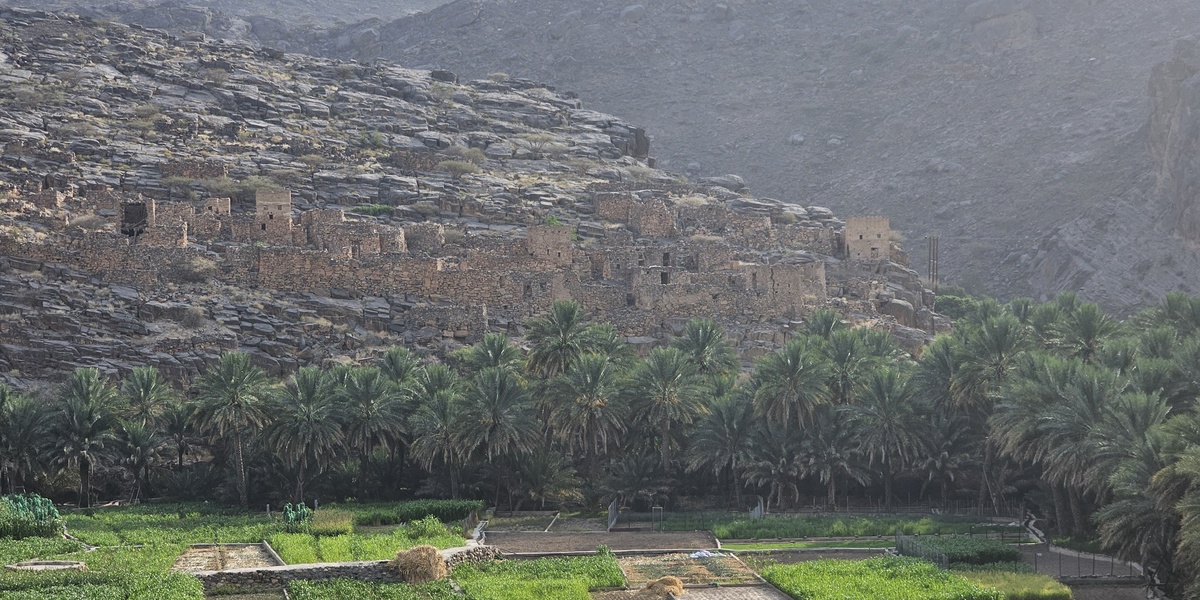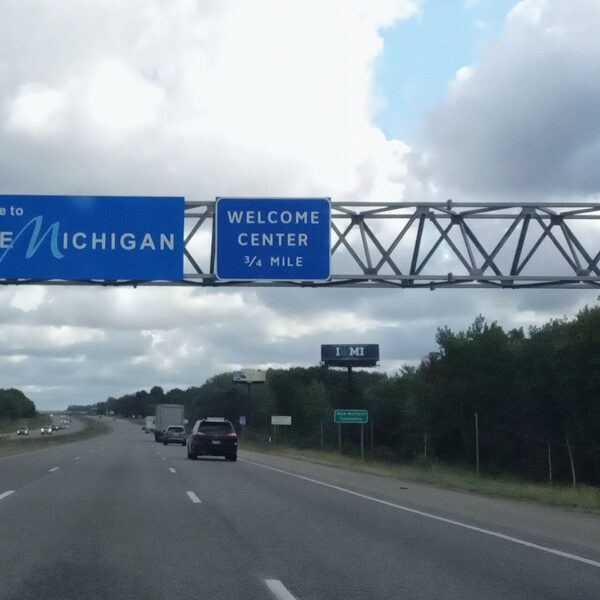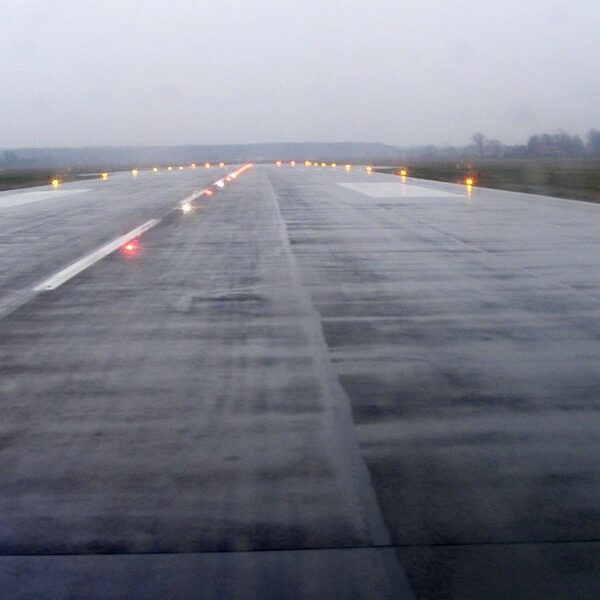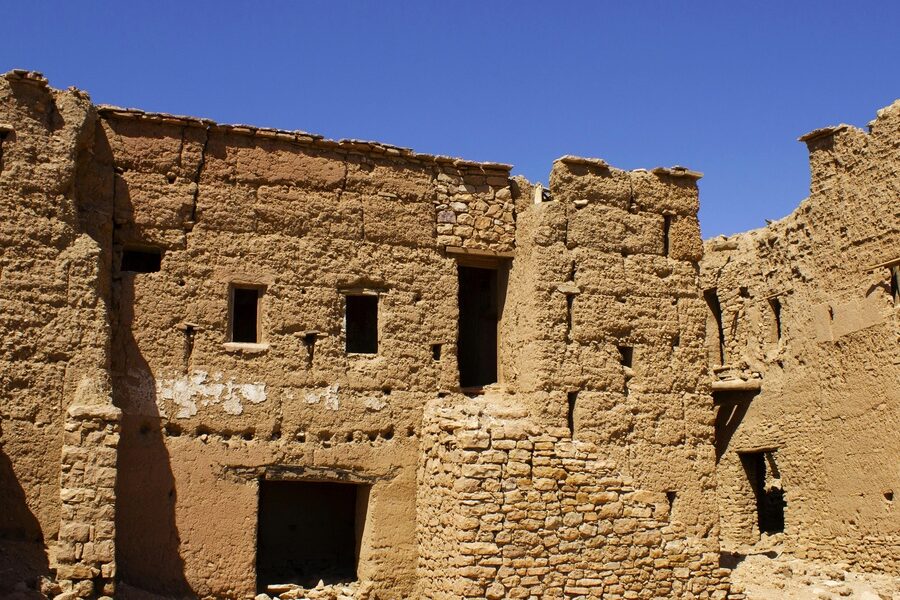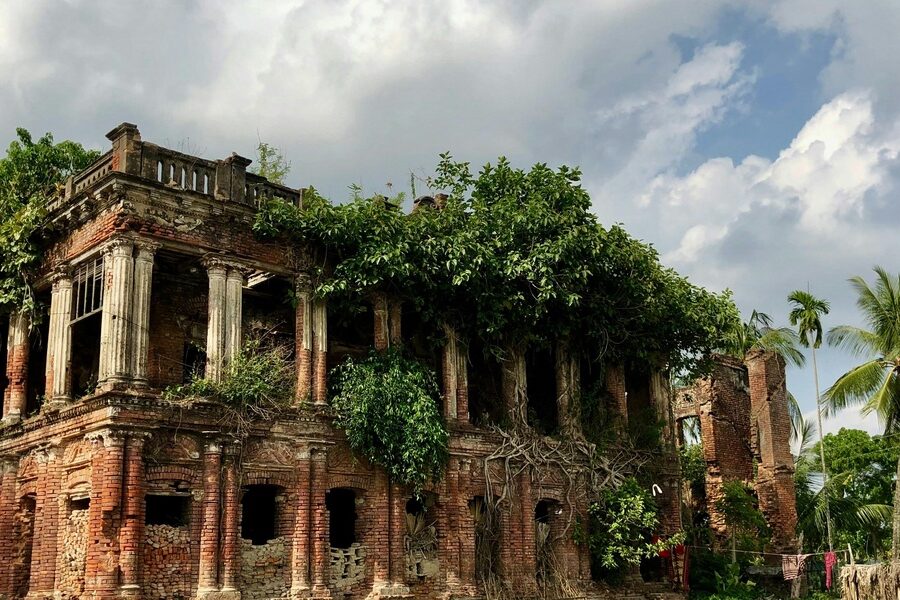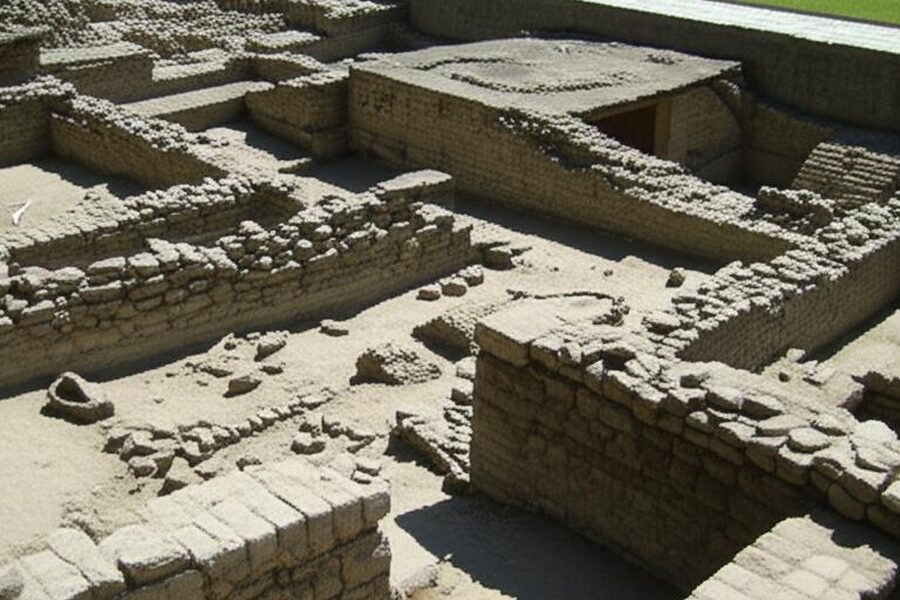Kuwait’s landscape hides stories from pearl divers, early traders, and ancient communities — from coastal remains to small island sites. Walking these places gives a compact, surprising view of the region’s long human history and its changing shoreline.
There are 8 Ruins in Kuwait, ranging from Akkaz archaeological area to Umm an Namil Island. For each site you’ll find below the data organized as Location,Era,GPS (lat, lon) so you can quickly compare where sites are, how old they are, and get coordinates for planning or research — you’ll find below.
Are these ruins generally open to visitors?
Access varies: some sites are open to the public but lack facilities, while others are protected and require permission from local authorities or the Kuwait National Museum. Check current rules before you go and respect any restricted areas.
What should I prepare before visiting these locations?
Bring plenty of water, sun protection, a charged GPS-enabled device (coordinates are provided below), and sturdy shoes; many sites are remote, exposed, and have minimal signage, so plan logistics and transport in advance.
Ruins in Kuwait
| Name | Location | Era | GPS (lat, lon) |
|---|---|---|---|
| Failaka Island | Failaka Island, Kuwait Bay (Al-Zawr/Failaka Town) | Bronze Age to Islamic, multi-period (3rd mill. BCE–Medieval) | 29.32, 48.03 |
| Al Qusur (Failaka Palaces) | Failaka Island, near Failaka Town | Islamic to historic forts (medieval–19th century) | 29.33, 48.05 |
| Hellenistic Temples (Failaka) | Failaka Island, eastern coast | Hellenistic period (3rd–1st century BCE) | 29.34, 48.06 |
| Bronze Age Cemetery (H3, Failaka) | Failaka Island, central-southern sector | Dilmun Bronze Age (3rd millennium BCE) | 29.31, 48.02 |
| Umm an Namil Island | Umm an Namil, Kuwait Bay (near Sharq/Al-Doha) | Bronze Age Dilmun (3rd–2nd mill. BCE) and later | 29.35, 48.02 |
| Akkaz archaeological area | Northwest Kuwait (Akkaz/Minat al-Qa’ah area) | Bronze Age to Iron Age (3rd–1st mill. BCE) | 29.42, 47.67 |
| Sulaibikhat mounds | Sulaibikhat Bay, Kuwait City outskirts | Neolithic to Bronze Age (5th–2nd mill. BCE) | 29.36, 48.01 |
| Al-Jahra Red Fort (Az-Zawr Fort) | Al-Jahra Governorate, Al-Jahra town | 19th century (late 1800s) | 29.22, 47.66 |
Images and Descriptions
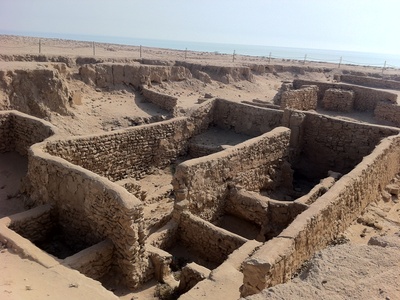
Failaka Island
Failaka is Kuwait’s richest archaeological island with Dilmun Bronze Age graves, Hellenistic foundations and later Islamic remains; finds range from exposed tomb mounds to preserved foundations. Reachable by scheduled ferry; many areas guided or restricted for conservation.
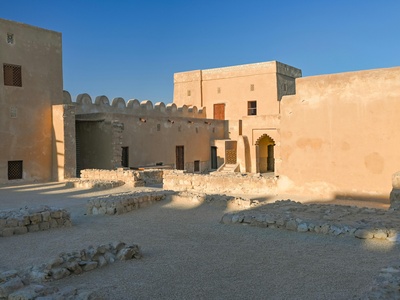
Al Qusur (Failaka Palaces)
Al Qusur (“the palaces”) is a cluster of palace and fort remains showing later occupation on Failaka. Stone and mudbrick foundations survive; partly conserved and accessible by foot from the island’s landing with interpretive signs in places.
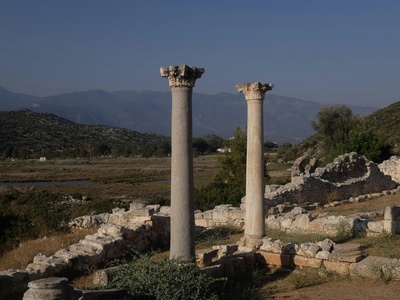
Hellenistic Temples (Failaka)
Visible temple foundations and Hellenistic domestic remains testify to Greek-era activity on Failaka. Condition is largely exposed foundations and low walls; best visited on organized visits from Kuwait City due to island transport logistics and protection measures.
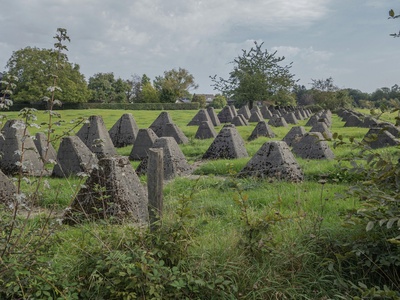
Bronze Age Cemetery (H3, Failaka)
The H3 cemetery area contains burial mounds and tomb fragments from the Dilmun era; many mounds are eroded but archaeologically significant. Open-air and fragile — visit by arrangement and follow posted conservation rules.
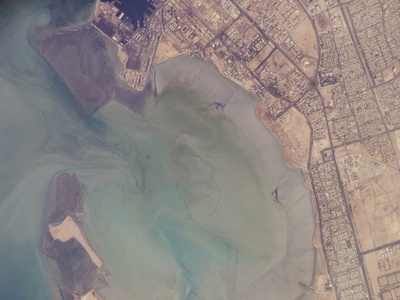
Umm an Namil Island
Umm an Namil has stone foundations and burial features from the Bronze Age visible on the tidal islet. Remains are exposed and vulnerable; accessible by boat from Kuwait City during calm weather and usually visited with permits or guided groups.
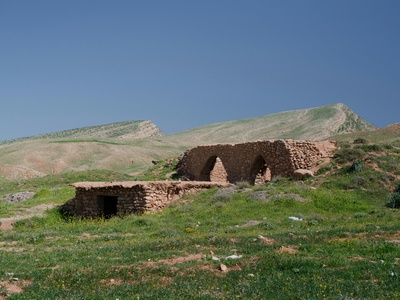
Akkaz archaeological area
Akkaz is a coastal archaeological zone with settlement debris and burial mounds showing long occupation. Many features are low mounds and surface finds; access is by road to the coast but sensitive areas require permissions for protection.

Sulaibikhat mounds
Sulaibikhat preserves coastal mounds and shell middens with early occupation traces near Kuwait City. Remains are low and sometimes obscured by modern development; small sites can be viewed from public waterfronts but excavation areas are restricted.
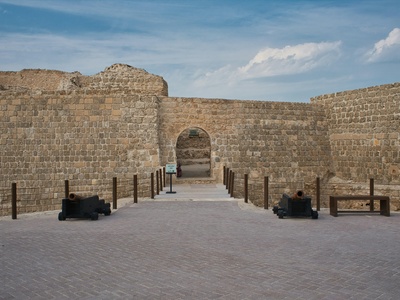
Al-Jahra Red Fort (Az-Zawr Fort)
The mudbrick Red Fort in Al-Jahra is a historic defensive structure now stabilized and partially restored as a local museum. In good condition for visitors, easy to reach by road and open to the public with interpretive displays.

